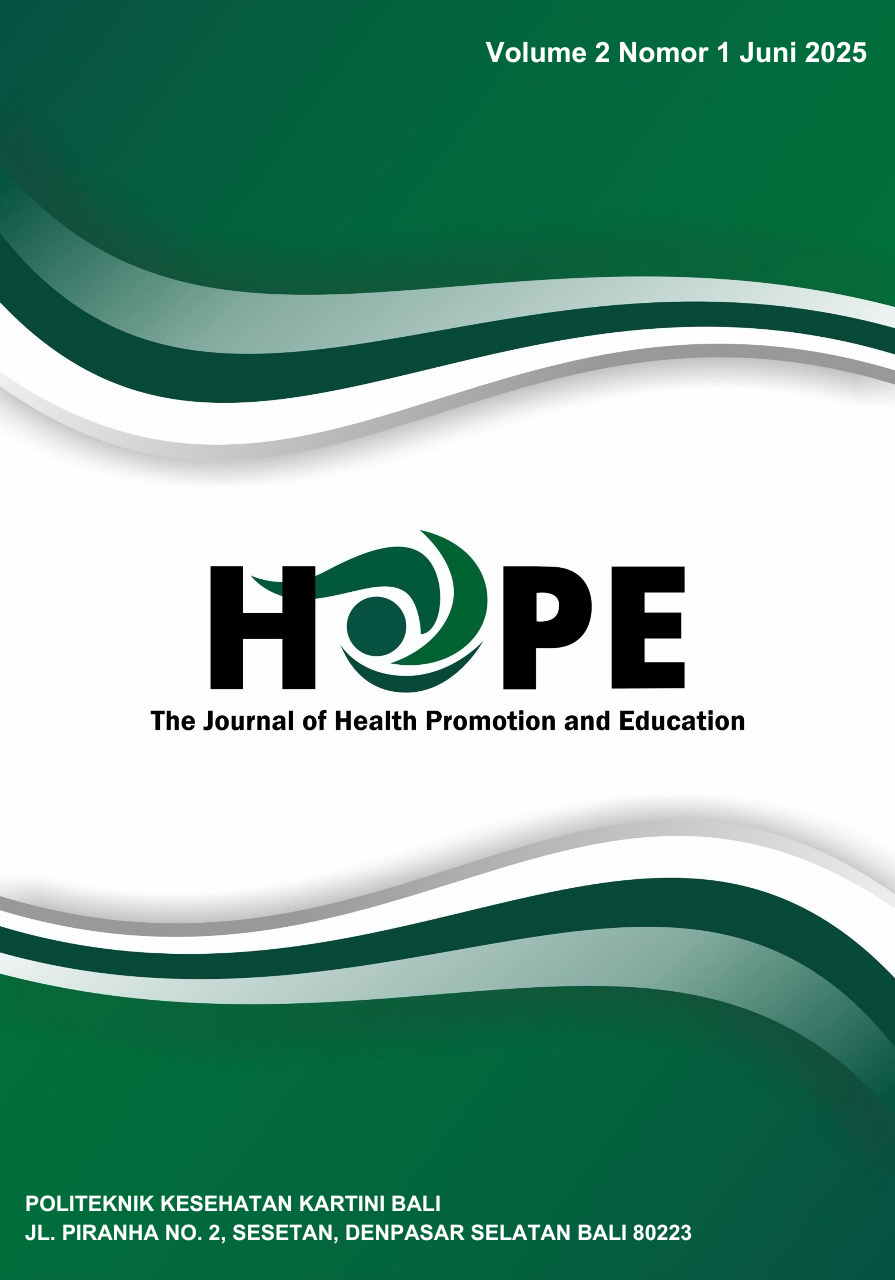Persepsi Remaja Kota Terhadap Perilaku Merokok Elektrik
Perilaku Merokok Elektrik
Abstract
Electric Cigarettes or often called Vape, are a modification of conventional smoking behavior. The number of e-cigarette users increased from 516,377 people (0.3% of the population) in 2011 to more than 6 million people (3% of the population) (WHO, 2024). Vape communities have been found in many big cities. The Jabodetabek area is an urban area in three provinces in Indonesia, namely DKI Jakarta, West Java and Banten. The largest number of Vape users are teenagers, where the use of e-cigarettes has become a trend or lifestyle for teenagers. The purpose of this study was to see the perception of teenagers starting from the intention (intention) of teenagers to behave which is the result of a combination of attitudes and subjective norms and characteristics of teenagers regarding e-cigarette smoking behavior. The research method used a cross-sectional method. The population of this study were Muhammadiyah school teenagers spread across the Jabodetabek area with a quata sampling technique of 350 respondents. The results of the study were carried out through univariate, bivariate and multivariate analysis. The variables related to the bivariate analysis are age, pocket money and knowledge, as well as the results of the multivariate analysis. The three variables reappear, but the knowledge variable has a significant result (p <0.001) with Exp (B) = 0.079, indicating that higher knowledge can reduce positive perceptions of e-cigarettes. Overall, the knowledge variable shows a significant effect on the perception of danger, both in bivariate and multivariate analysis, while the age and pocket money variables are less significant in the multivariate model. The conclusion of the study shows that the Theory of Planned Behavior (TPB) perception of adolescents is directly proportional to positive subjective norms as a result of decision making not to smoke e-cigarettes



